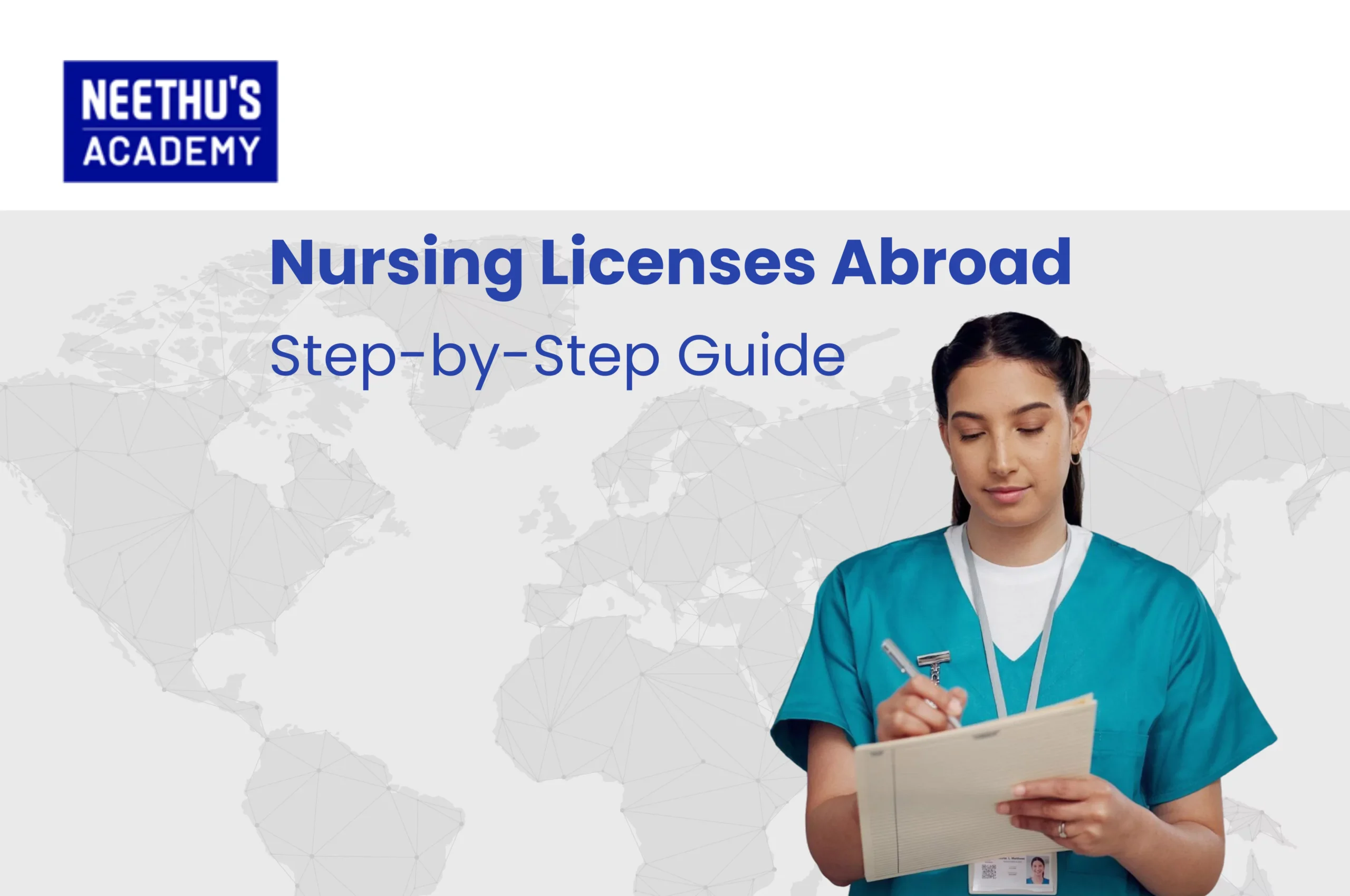Proving one's ability in the English language is a prerequisite for employment, education, or immigration to English-speaking countries in the globalized world.…

Common Mistakes in IELTS Reading and How to Avoid Them
The IELTS Reading test is a crucial component of the test that assesses your ability to read academic and general passages, interpret information, and respond accurately. Though the passages themselves might not always be very challenging, several candidates miss precious marks due to basic, avoidable errors. These errors in IELTS Reading are typically due to inadequate preparation, unsound strategies, or a lack of attention to details. The good news is that once you know about these traps, you can steer clear of them and really enhance your band score overall.
Here in this blog, we will discuss the most common IELTS Reading mistakes, how to avoid them, and some IELTS Reading tips to improve your performance.
Top Errors in IELTS Reading
Not Reading Instructions Carefully
One of the most common errors in IELTS Reading is not following instructions. For instance, if you are instructed to write “No more than two words and/or a number,” writing three words will lose you the mark—even if your answer is correct.
Spending Too Much Time on One Question
A few test-takers get flustered when they are not able to locate the solution to a difficult question and waste too much time on it. Consequently, they exhaust their time and leave several questions unanswered.
Ignoring Synonyms & Paraphrasing
The IELTS never exactly replicates words from the passage in the question. They either use synonyms or paraphrases. Candidates lose marks just because they search for word-for-word matches instead of grasping meaning.
Inadequate Time Management
The Reading test consists of 40 questions and only 60 minutes are given to answer them. Some candidates are unable to manage time and miss answering all the questions, hence causing pointless loss of marks.
Assuming Rather than Finding Evidence
Another error is assuming or using personal knowledge rather than reading the passage carefully. Any correct answer in IELTS Reading needs to be backed up with evidence in the text.
Failing to Practice Skimming and Scanning
Applicants tend to read the entire passage word for word, which is time-consuming. The exam calls for skimming for main ideas and scanning for specific details—without these skills, it becomes impossible to complete on time.
Confusing True/False/Not Given with Yes/No/Not Given
These two question types seem identical but differ. Students get them mixed up and lose points. “True/False/Not Given” is based on facts, whereas “Yes/No/Not Given” pertains to the opinion or statements of the writer.
3. Avoiding These Errors
Read Instructions Twice Every Time
Prior to responding, read carefully both the word limit and the answer format. Double-check your response to ensure that it meets the requirement.
Utilize Skimming and Scanning Correctly
Skimming allows you to grasp the gist of a passage quickly, whereas scanning enables you to find answers quickly. You can save precious time by practicing the techniques.
Practice with Timed Tests
Practice under simulated exam conditions at home by creating a situation where you set a 60-minute timer and respond to 40 questions. This increases endurance and enhances time management.
Concentrate on Vocabulary and Synonyms
Enhance your skill in identifying paraphrasing. For example, when the question is “children,” the text could have “youngsters” or “minors.” Developing extensive vocabulary eliminates ambiguity.
Master Strategies for Various Question Types
Various types of questions—e.g., matching headings, summary completion, or multiple-choice—call for special strategies. Practice each separately to gain confidence.
Tricks to Raise IELTS Reading Score
Develop Reading Speed through Regular Practice
Read news, magazines, and web articles on a daily basis. Test your ability to complete articles in a specific time limit. This routine will naturally improve reading speed.
Practice with Real IELTS Reading Materials
Practice with Cambridge IELTS practice tests and official publications to familiarize yourself with the test structure. The more you know about question types, the fewer mistakes you will make.
Highlight Keywords in Questions
Underline or circle key words prior to reading the passage. This will keep you on track and find answers faster.
Check Wrong Answers for Patterns of Errors
Don’t practice—crack open. After taking a test, see why you made a mistake. Were you misdirected by paraphrasing? Did you read instructions incorrectly? This helps to rule out repeated errors.
Conclusion
Enhancing your IELTS Reading performance is not merely acquiring the passage’s meaning but also reducing wasteful errors. Identifying the common IELTS Reading mistakes and utilizing clever strategies saves you time, answers more precisely, and elevates your band score. Don’t forget, occasionally it’s the littlest of mistakes—not a lack of talent—that erode precious marks. With proper IELTS Reading guidelines and regular practice, you’ll be going in the right direction towards your desired score.
Frequently Asked Questions
Effective time management and handling confusing paraphrased questions is the most difficult aspect.
You can generally get approximately 10–13 errors out of 40 and still achieve Band 7 based on test difficulty.
Yes, spelling errors are answered incorrectly despite a correct answer otherwise.
Related Blogs
- All Posts
- IELTS
It is absolutely possible to increase your score in IELTS speaking within one month if you are motivated, really well prepared, and…
The reading module of the IELTS exam tests your comprehension skills on a variety of question types in a short period. Among…
- All Posts
- IELTS
Proving one's ability in the English language is a prerequisite for employment, education, or immigration to English-speaking countries in the globalized world.…
It is absolutely possible to increase your score in IELTS speaking within one month if you are motivated, really well prepared, and…
The reading module of the IELTS exam tests your comprehension skills on a variety of question types in a short period. Among…
Course Enquiry
Latest Posts
- All Posts
- canada
- CBT
- DHA
- French
- GENERAL
- German
- IELTS
- IQN NEW ZEALAND
- MOH
- NCLEX-RN
- NHRA
- OET
- OSCE
- PROMETRIC
- PTE
- TOEFL
- Back
- NCLEX - NGN
- Back
- OET FOR PHYSIOTHERAPIST
- OET FOR PHARMACIST
- OET FOR DOCTORS



